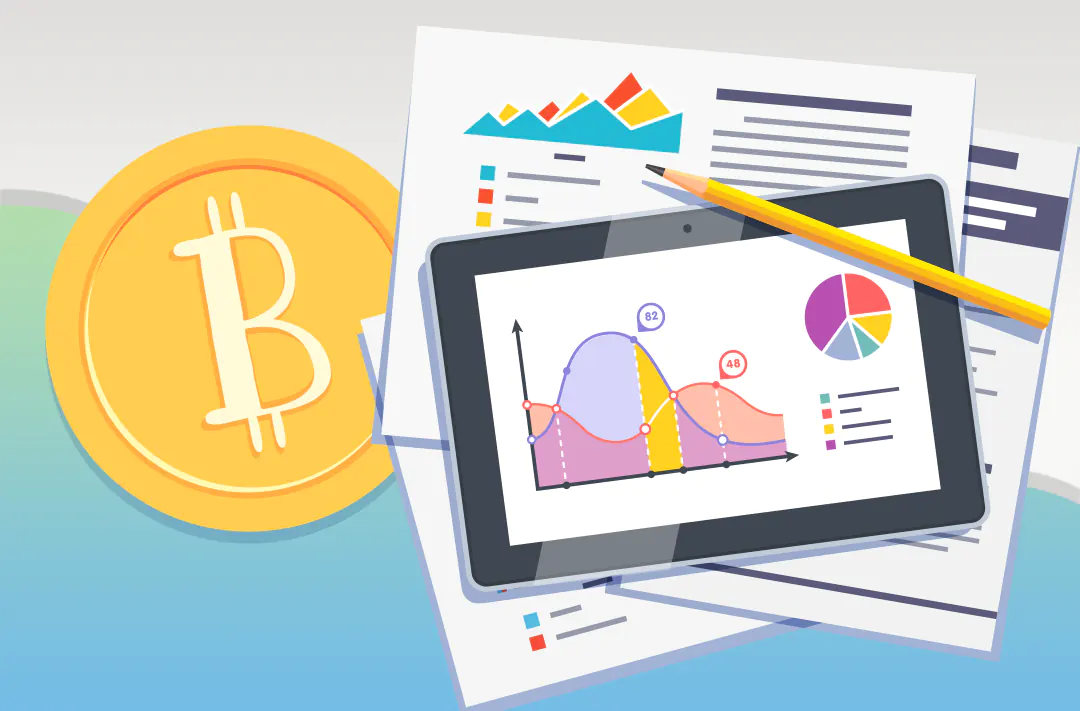Ex-Goldman Sachs employee predicts bitcoin reversal amid rising global liquidity
According to Raoul Pal, the rate of the first cryptocurrency depends more on the dynamics of changes in the global money supply than on halving

25.07.2022 - 12:00
381
2 min
0
What’s new? Raoul Pal, a former executive of the investment bank Goldman Sachs and Real Vision TV CEO, believes that due to the growth of the global money supply (M2), the cryptocurrency market expects a trend reversal upward. The expert noted that the bitcoin rate is more affected by the dynamics of M2 than halving. According to Pal, the latter factor is not necessary if the impact of the macroeconomic indicator will be carried out.
M2 is a measure that takes into account the global aggregate of cash in circulation, non-cash funds in accounts, money market securities, and other easily convertible assets.
Halving is bitcoin’s code embedded cut in half of the reward to miners for a mined block on the blockchain. Initially, miners received 50 BTC, this was reduced to 25 coins on November 28, 2012, to 12,5 coins on July 9, 2016, and to 6,25 coins on May 11, 2020. The next reward reduction to 3,125 BTC is expected in 2024 on block number 840 000.
What else does Pal say? The expert believes that digital assets are independent of the business cycle, but their behavior is linked to liquidity flows. In his view, in the past, the formation of extremes of the M2 macro indicator preceded the trend reversal in the cryptocurrency market. Pal believes that there is currently a deviation of M2 from the trend by about one and a half standard deviations and it is intensifying.
Previously, Pal noted that an increase in M2 is the main growth driver for the cryptocurrency market. Macroeconomist Lyn Alden agrees with him on this. She explained that the US Federal Reserve’s policy tightening in 2022 had a negative impact on the first cryptocurrency.
Useful material?
Market
According to the preliminary plan, the free coin giveaway will take place in January 2025
Dec 27, 2024
Market
The fund’s issuer will be Donald Trump associate Vivek Ramaswamy’s Strive company
Dec 27, 2024
Market
Digital assets have made it easier to conduct transactions in the face of sanctions
Dec 25, 2024
Mining
The restrictions are designed to maintain the balance of energy consumption, taking into account the demands of the industry
Dec 24, 2024
Market
Due to supply shortages, the asset’s pre-market exchange rate was climbing above $1000
Dec 16, 2024
Incidents
Reports about the hacking of the exchange with calls to withdraw assets began to spread on December 13
Dec 13, 2024









 Telegram
Telegram  Twitter
Twitter